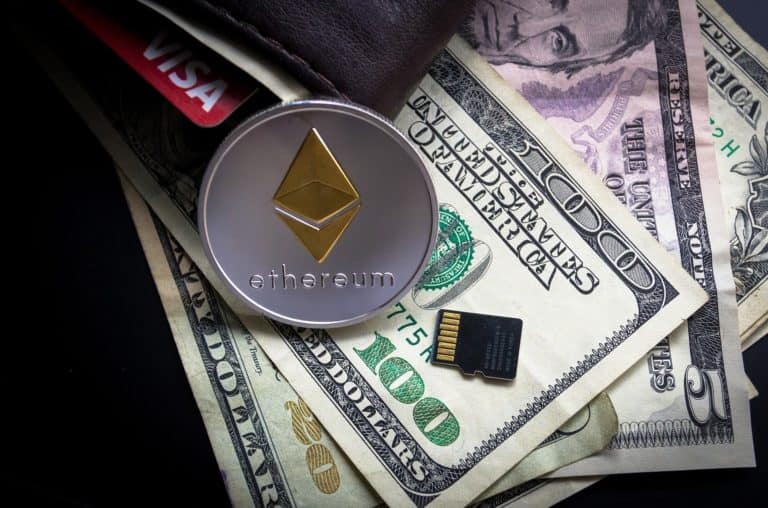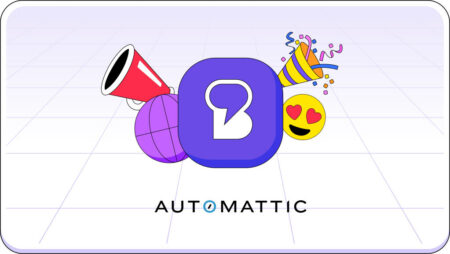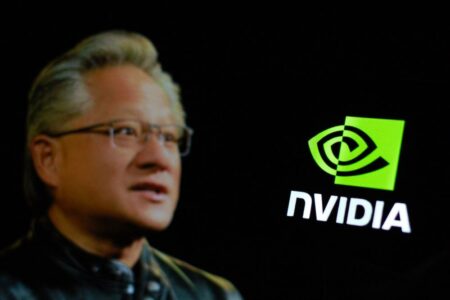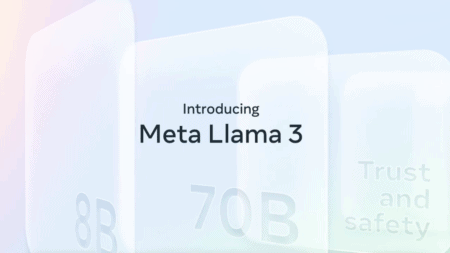In the top 50 of decentralized apps (dapps), only three run on the Ethereum blockchain. The rest of the brave are based on competitors EOS (26) and TRON (21).
This is apparent from data from DappRadar, which provides information and insights about all existing brave people.
The Ethereum platform was set up especially for decentralized apps, but has been struggling with scale problems for some time now. Co-founder Vitalik Buterin would have previously admitted that, until the platform has a secure scaling mechanism, developers should not expect to be able to use high-throughput apps on Ethereum.
Solutions
While competitors EOS and TRON are increasingly demanding the dapp market, the Ethereum developer community is working on possible scale solutions. However, none of the propositions proposed so far seems to be ready for production at the moment.
EOS and TRON are now jointly involved in 94 percent of the dapp transactions. Ethereum accounts for only a meagre 6%, according to blockchain research agency Diar.
DappRadar, which previously only followed app activities on the Ethereum network, recently introduced monitoring tools for EOS and TRON. Since then, apps running on these platforms have steadily taken over DappRadar’s activity chart.
Transactions per second
The Next Web explains the large differences in the number of transactions per second. Where Ethereum supports 15-20 transactions per second, it is assumed that EOS processes up to 4,000 transactions per second. This claim is disputed by Ethereum researchers. TRON would support up to 2,000 transactions per second.
At the Blockchain Connect Conference, Buterin recently downplayed the transactions per second: The purpose of a consensus algorithm is not to make a blockchain fast. The purpose of a consensus algorithm is to keep a blockchain safe.
EOS and TRON not perfect
Buterin is not the only one to criticise EOS and Tron. Recent research suggests that EOS in its current form is more similar to a centralized cloud computing service than a blockchain. It is also claimed that EOS has greatly exaggerated its claims about throughput capacity.
On the other hand, this observation can be disputed, as the study was commissioned by ConsenSys, a company that invests heavily in Ethereum’s ecosystem.
The reliability of EOS and TRON is also questioned. Hackers have successfully exploited vulnerabilities in EOS-based gambling devices on several occasions. At TRON, on the other hand, the enormous throughput capacity that it advertises is questioned.
Gambling
Apart from the technical differences, the dapp market seems above all to have become a playground for hopeful cryptocurrency believers, who have gambled their crypto coins.
Research shows that 70 percent of all EOS device traffic comes from gambling services. In the case of Tron, 95 per cent of the cases would be affected.
Related: Ethereum upgrade postponed due to serious security breach
This news article was automatically translated from Dutch to give Techzine.eu a head start. All news articles after September 1, 2019 are written in native English and NOT translated. All our background stories are written in native English as well. For more information read our launch article.


















